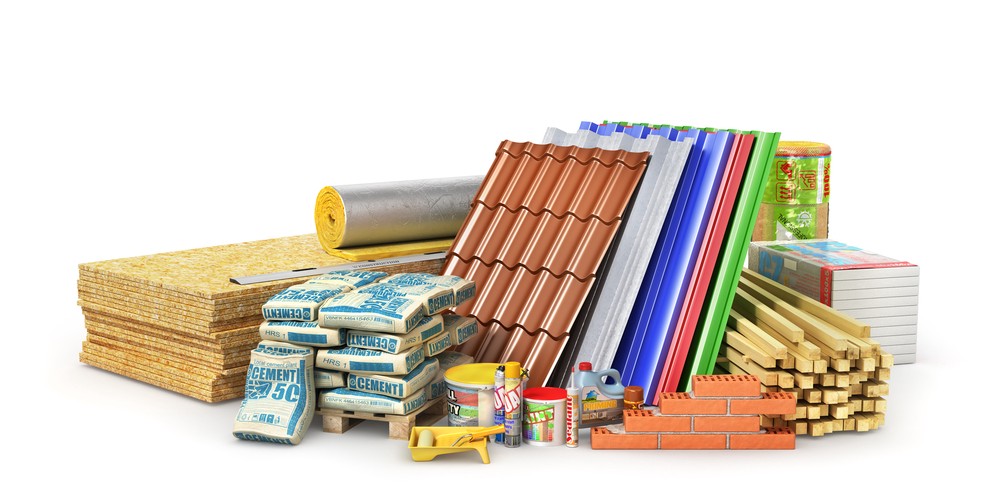Composites: Strong and Resilient Construction Materials
Composites: Strong and Resilient Construction Materials
Blog Article
Opening the Environmental Advantages of Recycled Composites in Building And Construction and Style
In the realm of building and design, the use of recycled composites holds considerable promise for boosting sustainability practices and reducing environmental effect (composites). By including these innovative materials, there is a prospective to resolve important concerns such as waste minimization, energy conservation, and a decline in carbon footprint. The shift towards an extra lasting future in these industries depends upon opening the full possibility of recycled composites. This discussion will certainly discover the multifaceted advantages and challenges related to integrating recycled composites right into construction and layout, supplying a look into the transformative opportunities that exist ahead.

Ecological Effect Reduction
The decrease of environmental impact via using recycled composites in building and construction and layout plays an essential duty in lasting practices. By integrating recycled composites right into building products, the building industry can considerably reduce its carbon footprint and add to a much more eco-friendly future. These lasting materials, made from repurposed plastics, wood fibers, or other recycled aspects, use a sensible alternative to conventional construction materials without endangering on top quality or resilience.
Recycled composites aid draw away waste from landfills and decrease the demand for drawing out basic materials, hence conserving natural deposits. Additionally, the production procedure of these compounds typically eats less energy and discharges fewer greenhouse gases compared to producing virgin products (composites). This change in the direction of utilizing recycled compounds not just lessens environmental injury but likewise advertises a round economic situation by urging the reuse of materials that would or else be discarded
Waste Minimization
With a concentrate on reducing waste in construction and design, the assimilation of recycled composites offers a lasting solution to minimize environmental influence. Waste minimization is a critical aspect of sustainable methods, and making use of recycled composites presents an opportunity to achieve this goal properly. By utilizing materials that have actually currently offered their initial function, such as recycled plastics or reclaimed wood fibers, the building and layout sectors can considerably minimize the quantity of waste created and sent out to land fills.
Recycled compounds have the possible to draw away substantial amounts of waste from standard disposal methods, adding to a more circular economic climate where sources are utilized effectively. Additionally, the manufacturing procedure of recycled compounds commonly consumes much less energy and generates fewer exhausts compared to virgin materials, better decreasing the environmental footprint of building and construction and style tasks.
Carrying out waste reduction techniques via the consolidation of recycled compounds not only aids in saving natural deposits yet additionally promotes an extra lasting technique to structure and creating for a greener future.
Power Preservation
Incorporating recycled compounds not just decreases waste in building and design but additionally plays an important role in improving power conservation methods within the sector. The usage of recycled composites in building can dramatically contribute to energy preservation through different methods. By promoting the use of recycled compounds in building and construction and layout, the industry can make considerable strides in the direction of attaining power effectiveness and decreasing its carbon impact, eventually adding to a much more lasting developed atmosphere.
Carbon Impact Decrease
Enhancing sustainability practices through the usage of recycled composites in building and construction and layout significantly reduces the carbon impact of the sector. By incorporating recycled materials right into the manufacturing of composites, the demand for virgin resources reduces, resulting in lower power consumption and greenhouse gas discharges connected with typical manufacturing processes. This decrease in carbon footprint is critical in combating environment modification and advertising a much more helpful hints more environmentally pleasant technique to building and layout.
Moreover, using recycled compounds likewise helps in drawing away waste from garbage dumps, thereby minimizing the environmental impact of disposal and advertising a circular economic situation. The carbon footprint reduction attained with the adoption of recycled compounds straightens with the international press in the direction of sustainable methods and the reduction of industrial discharges. It showcases a commitment to accountable resource management and a shift in the direction of greener alternatives in the building and style sectors. Inevitably, by prioritizing the assimilation of recycled compounds, the industry can make considerable strides in lowering its carbon impact and adding to a much more sustainable future.
Sustainable Future
The integration of recycled composites in building and construction and design not only addresses immediate environmental concerns but additionally lays a strong structure for a lasting future in the market. By incorporating recycled compounds right into building materials and items, the construction and layout fields can dramatically minimize their reliance on virgin resources, bring about an extra circular economic situation. This shift towards sustainability is essential for reducing the environmental impact of traditional construction techniques, which often cause high levels of waste generation and source depletion.

Final Thought
Finally, recycled compounds use considerable environmental benefits in construction and design by decreasing environmental impact, minimizing waste, preserving power, reducing carbon footprint, and promoting a lasting future. Embracing the usage of recycled compounds can add check it out to an extra environmentally-friendly approach to structure and layout, inevitably leading to a more lasting and greener future for all.
The decrease of ecological influence through the use of recycled composites in building and construction and layout plays an important function in lasting methods.With a focus on lessening waste in building and construction and style, the combination of recycled composites uses a sustainable remedy to decrease environmental effect. By promoting the use of recycled composites in construction and layout, the sector can make significant strides in the direction of attaining power performance and reducing its carbon footprint, ultimately contributing to a much visit our website more sustainable constructed atmosphere.

Report this page